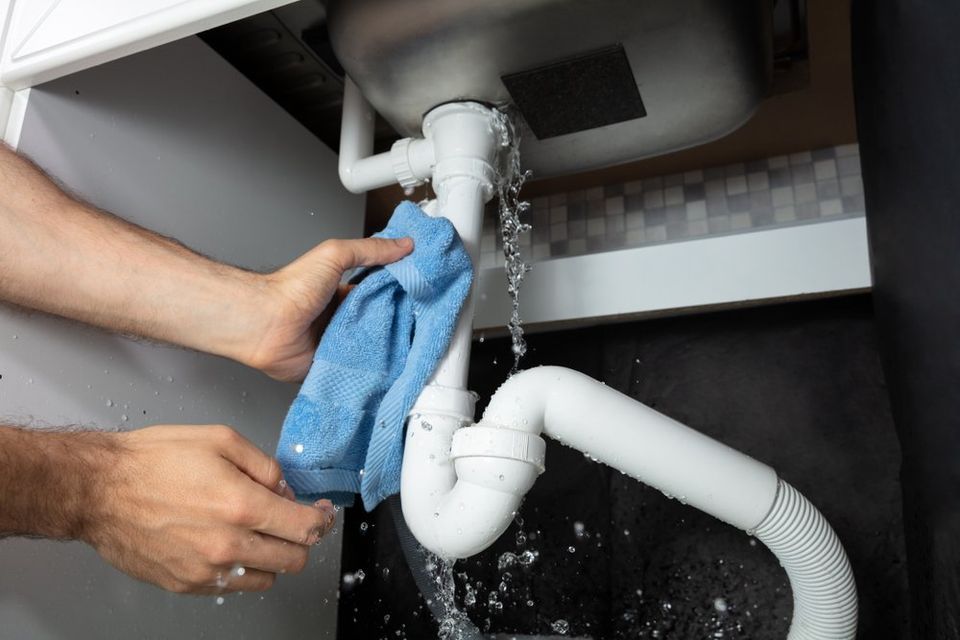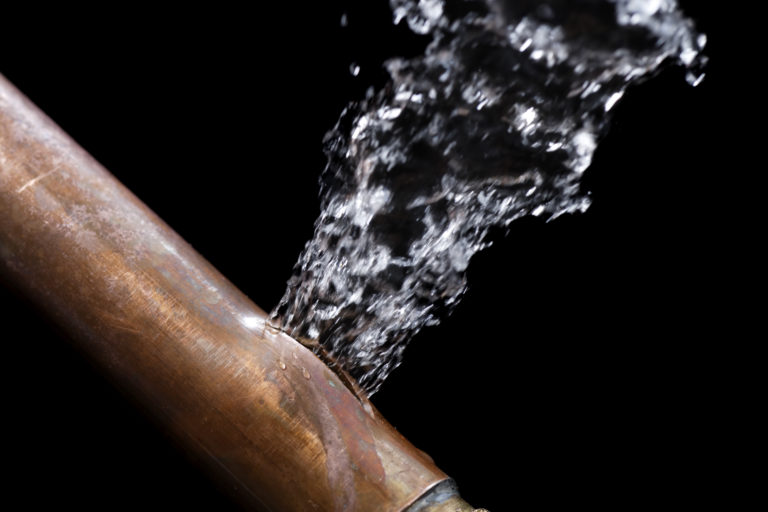Addressing Flood Damage Caused by a Leaking Water Pipe - Key Strategies
Addressing Flood Damage Caused by a Leaking Water Pipe - Key Strategies
Blog Article
The writer is making a few great points relating to Rules For Handling Water Damage in general in the content followed below.

What should you do if a water pipe bursts in your residence? The longer you wait, the much more extreme the damage that can happen to your residential property. For these reasons, you need to find out exactly how to act in the event of a burst water pipe.
Turn off the Main Waterline Shutoff
The first thing to do? Close the shut-off shutoff. Seek the local shut-off valve to turn off the water in one particular location only. If you don't know where the localized shut-off valve is, choose the primary water line valve as well as turn it off. This step will remove the water promptly in your whole residence. Typically, the major valve is located outside the house alongside the water meter. If it's not there, you can likewise locate it in two locations: in the cellar at eye level or the first flooring on the ground. Normally, contractors placed the shut-off shutoff in the main ground degree restroom or ideal alongside it.
Call Water Damages Reconstruction Pros for Aid
After closing the water source, call the professionals for help. Because the pipelines required to be taken care of and there is a requirement to address the various other problems to your residential property, this situation is not something you can do some DIY. If you can not cope, seek aid from a respectable company using 24/7 emergency solutions. With their expert aid, you can avoid a lot larger water damage including warped baseboards, loose tiles, or harmed frameworks. Do not take this issue lightly and seek specialist advice for your full satisfaction as well as a qualified remedy.
Record the Damage For Insurance
While you're waiting for the pros to get here, get some documents of the damage triggered by the errant pipe. Do close-up shots of the harmed belongings and also places.
Recover Points That Can Be Conserved
Once you're done taking pictures, take a look at the harmed products as well as secure the most important ones from the pile. Dry them off in a dry/warm area away from the broken location and attempt to preserve them as long as you can. Drag as much wetness as you can to the product so it can begin to dry out.
Begin the Drying Process
You need to begin the drying procedure asap. The good news is, the water from your waterlines is currently tidy so you do not have to bother with drain water. The streaming water may have disturbed the dust as well as particles in your floorboards and carpetings. In this instance, put some handwear covers on and begin some damage control. Use pails to dump out the water. Blot out as much water as you can from the surface areas with old towels. Turn on an electric follower or open your home windows to advertise air flow. These steps will certainly quicken to dry as well as deter mold as well as mold development.
Professionals are the only people qualified to assess correctly and deal with the burs pipes and also subsequent damages. They usually provide quiet red flags like gurgling paint, water spots.
What should you do if a water pipeline ruptureds in your residence? For these reasons, you need to find out how to act in the event of a ruptured water pipeline. After shutting the water source, call the specialists for aid. With their expert help, you can avoid much larger water damages including distorted walls, loose floor tiles, or harmed frameworks. Fortunately, the water from your waterlines is already tidy so you do not have to worry regarding drain water.
Steps to Deal with a Burst Pipe and a Flooded House
Disconnect your electrical
To prevent electrocution, make sure the electrical systems in your home are turned off. Do not wade into standing water with the power on. If water is blocking your path to your breaker box, look for a main shutoff on the exterior of your home or call an electrician.
Stop the source of the flooding
If your flooding is caused by a burst pipe or valve rather than an act of nature, it should be fairly easy to stop at its source. Just turn off the main water shutoff valve. Some homes have a valve located near where the main water line enters your home, while other homes have a valve attached or adjacent to a water meter, which is sometimes buried near the street.
Call your insurance company
Your water damage will most likely be covered under your homeowners insurance policy. The first step to start the claims process is to call your insurer to let them know about the situation. To make sure that your claim is successful, ask your insurer whether a claims adjuster needs to visit your home to document the damage before you begin the cleanup and repair process, or if your photos of the damage will suffice.
Document everything
No matter what your insurer says, it's always a good idea to carefully document all the water damage to your home to assist with your insurance claim. Simply take photos and videos with your phone and make note of everything the water touched, including your possessions and the structure of your home itself.
Remove standing water
If the water is primarily in your basement, and you have a floor drain, you may be able to use a squeegee mounted on a handle (pick one up at any hardware store) to push water to the drain, or use a mop and bucket. With most of the standing water removed, use a wet-dry vac (make sure to remove the filter for dry vacuuming) to start removing water from harder-to-reach areas.
Start drying out your home yourself
While you are waiting for your contractor to get started, you can begin the process of drying out your home by following these steps: a) open your windows to let moist air escape; b) start as many dehumidifiers as possible; c) cycle your HVAC system between heating (to 80 degrees) and cooling (to 60 degrees), which pulls moisture into the air and then removes it. You can rent industrial-size blowers and dehumidifiers to speed up the drying process.
Prevent mold and mildew caused by water damage
The damage to your home and property is only half the battle. If not properly dealt with, water damage can have farther-reaching effects on your home and health in the form of toxic mold and mildew. In fact, these secondary effects are often worse than the initial property damage, so it's important to take them seriously and dry out the affected areas as quickly as possible. If a surface can't be dried quickly, it should be removed and discarded. If you are working with a water damage cleanup company, they will have the proper equipment to dry out your home. If you are cleaning up the water damage yourself, be sure to educate yourself on how to remove and repair wet drywall and insulation, as well as flooring.
https://www.crddesignbuild.com/blog/10-steps-to-deal-with-a-burst-pipe-and-a-flooded-house

I recently found that write up about Do s And Don ts In Case Of Water Damage while doing a search on the web. If you enjoyed reading our page please remember to pass it around. I thank you for reading our article about What To Do And What Not To Do When Dealing With Water Damage.
Request expert assessment. Report this page